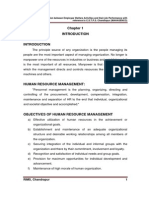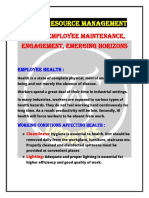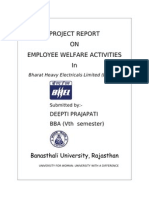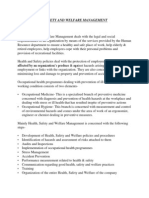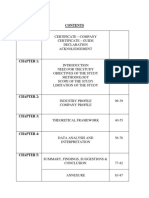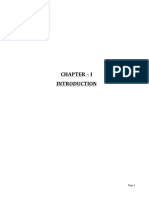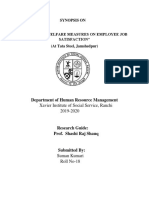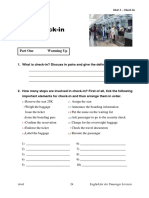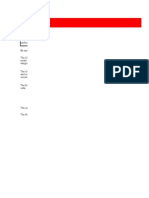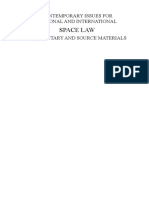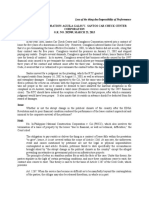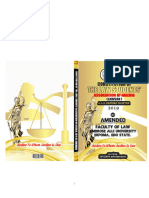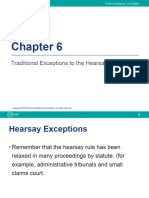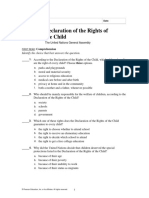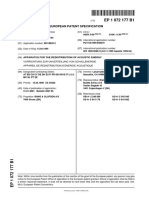0% found this document useful (0 votes)
75 views17 pagesUnit - 5 Human Resource Management
The document discusses the importance of employee health and safety, welfare, and social security in human resource management, emphasizing the need for a safe work environment and various welfare programs to enhance employee well-being and productivity. It outlines the roles of HR in implementing health and safety policies, conducting risk assessments, and handling grievances effectively to improve employer-employee relations. Additionally, it highlights the significance of social security benefits and the legal frameworks that support employee rights and protections.
Uploaded by
pilip1234rajCopyright
© © All Rights Reserved
We take content rights seriously. If you suspect this is your content, claim it here.
Available Formats
Download as PDF, TXT or read online on Scribd
0% found this document useful (0 votes)
75 views17 pagesUnit - 5 Human Resource Management
The document discusses the importance of employee health and safety, welfare, and social security in human resource management, emphasizing the need for a safe work environment and various welfare programs to enhance employee well-being and productivity. It outlines the roles of HR in implementing health and safety policies, conducting risk assessments, and handling grievances effectively to improve employer-employee relations. Additionally, it highlights the significance of social security benefits and the legal frameworks that support employee rights and protections.
Uploaded by
pilip1234rajCopyright
© © All Rights Reserved
We take content rights seriously. If you suspect this is your content, claim it here.
Available Formats
Download as PDF, TXT or read online on Scribd
/ 17


